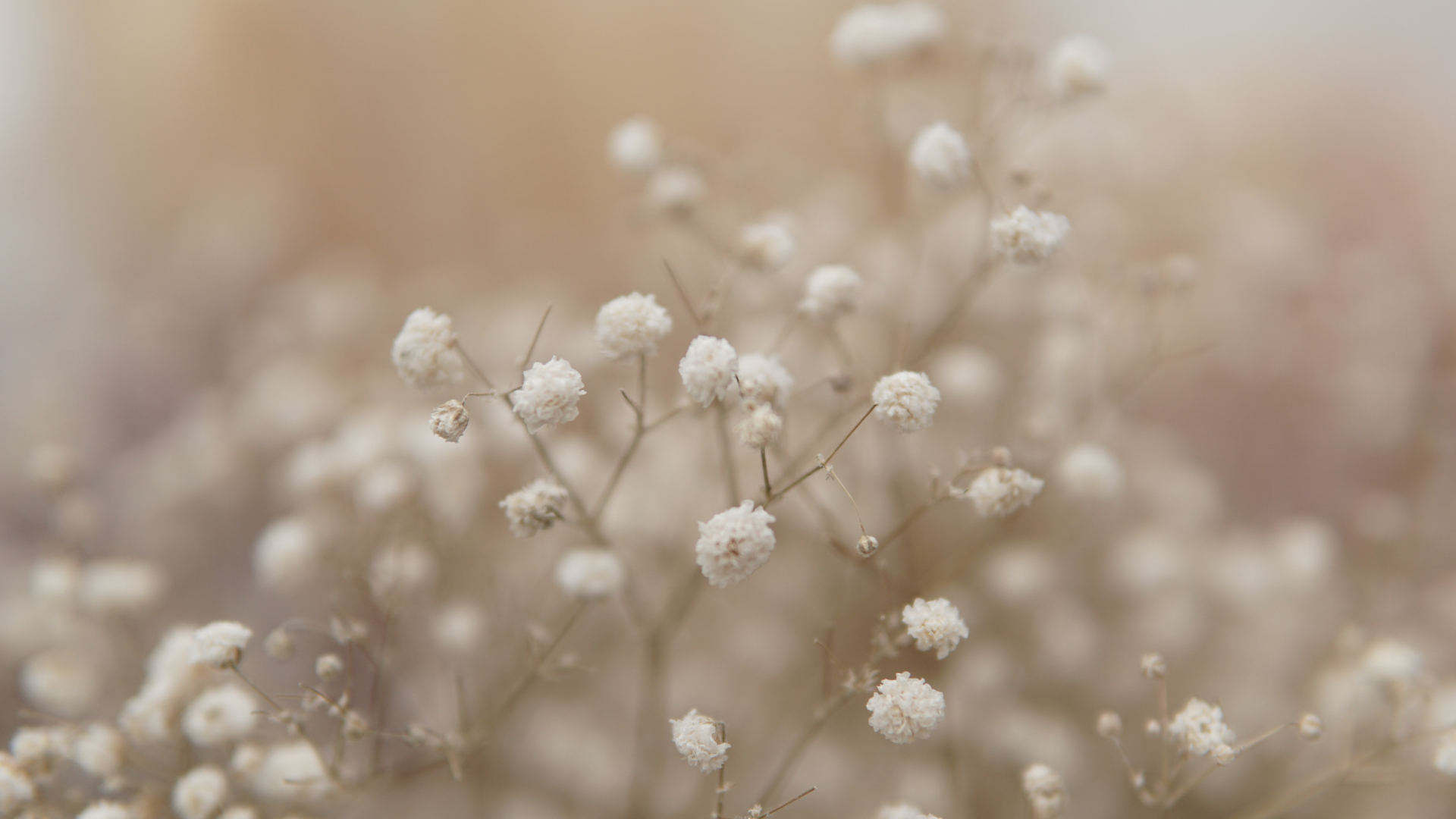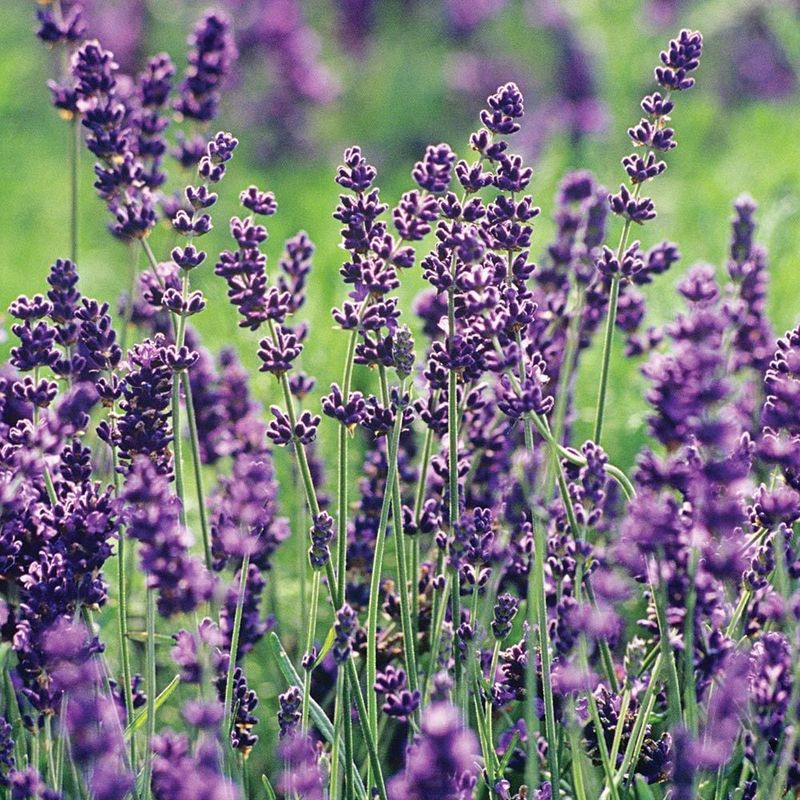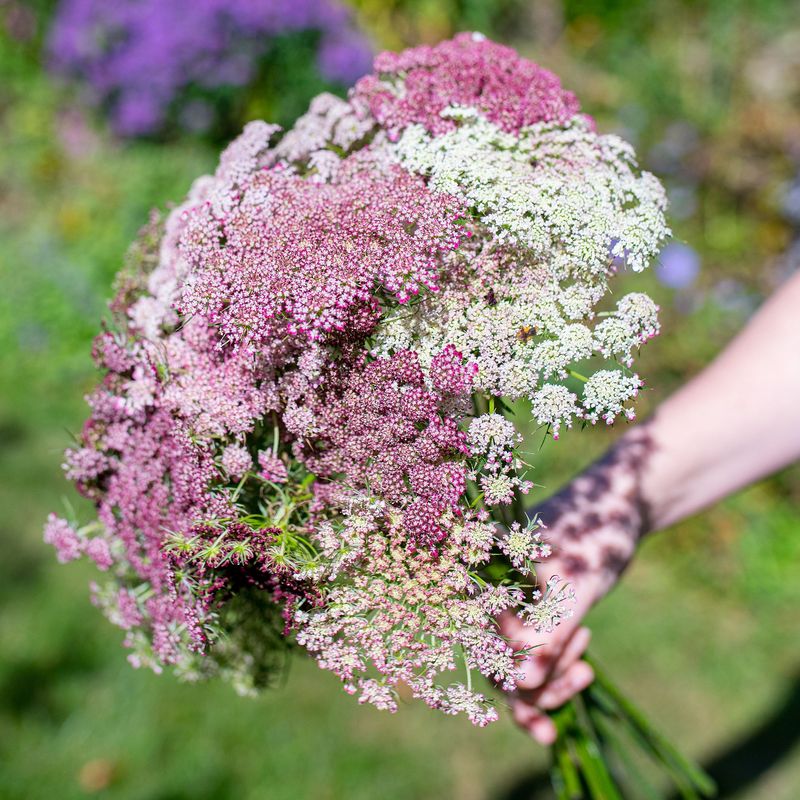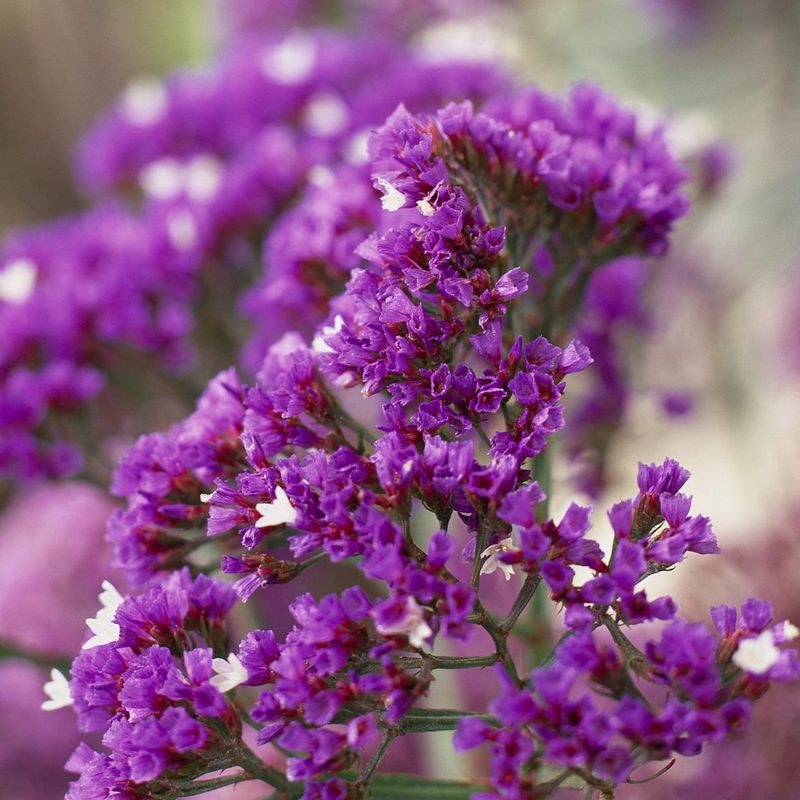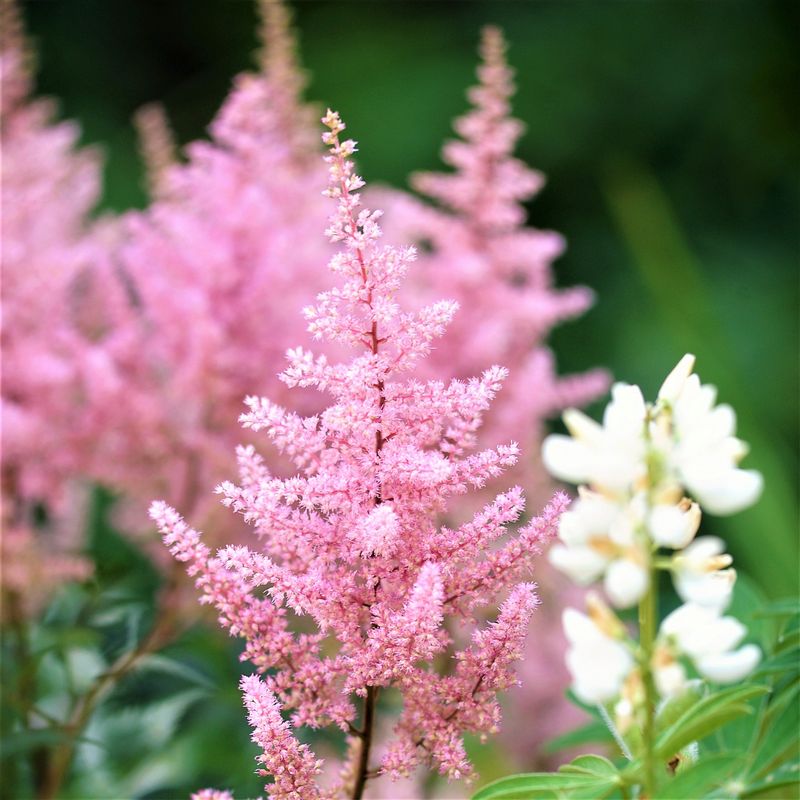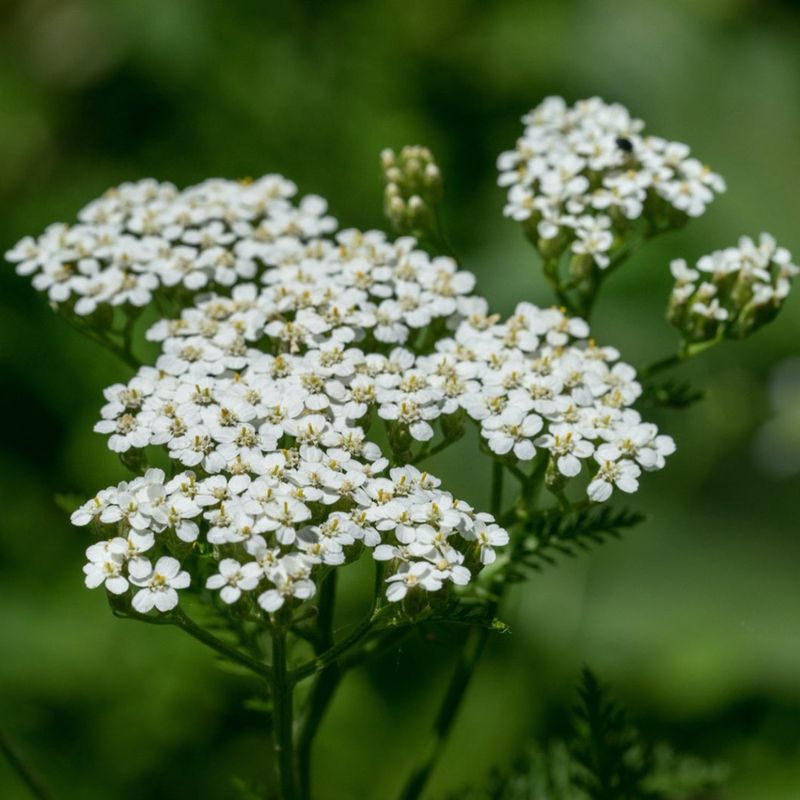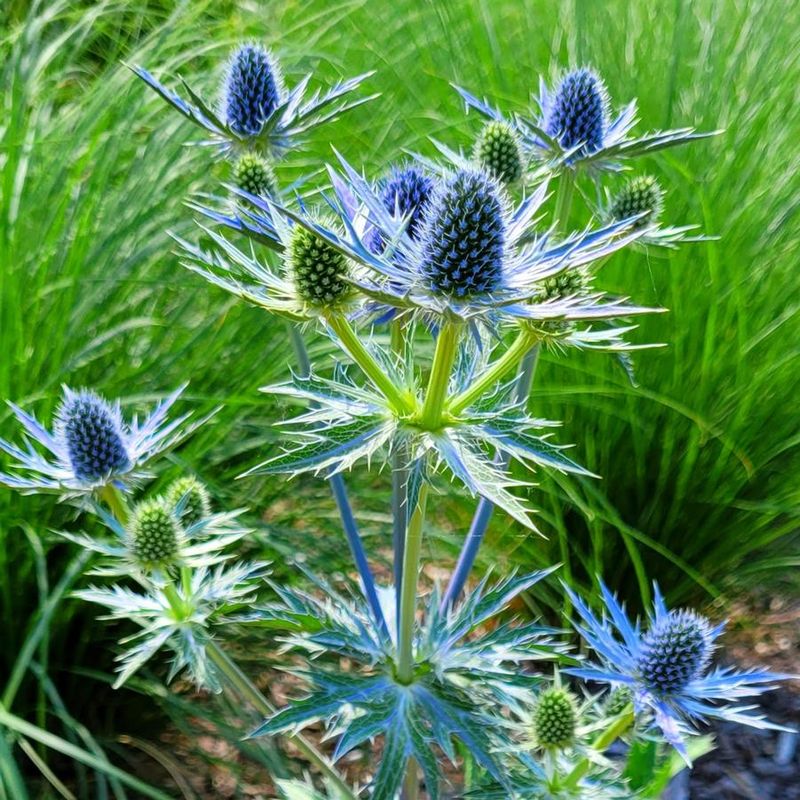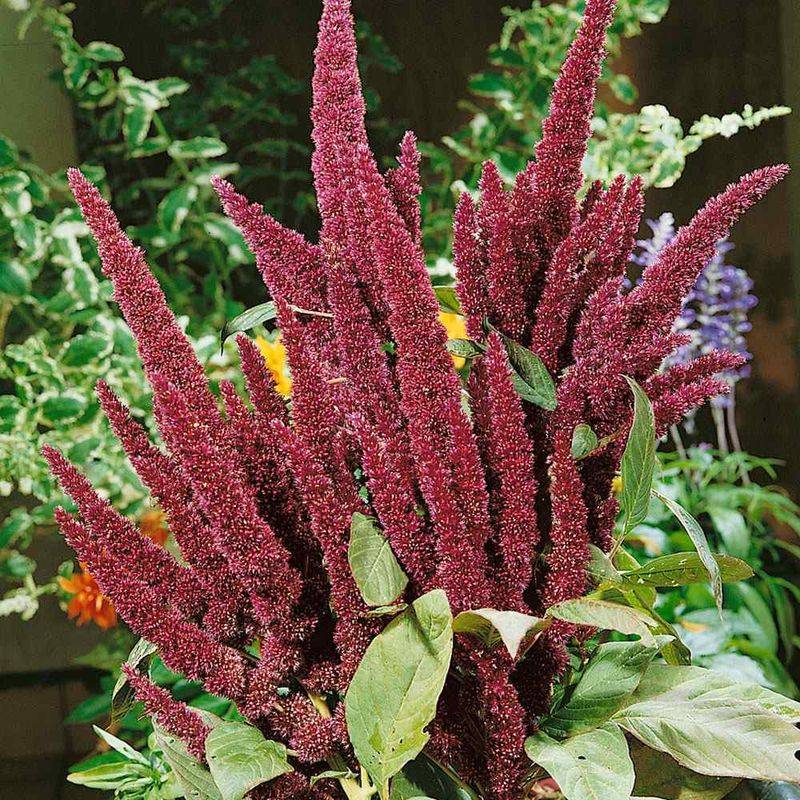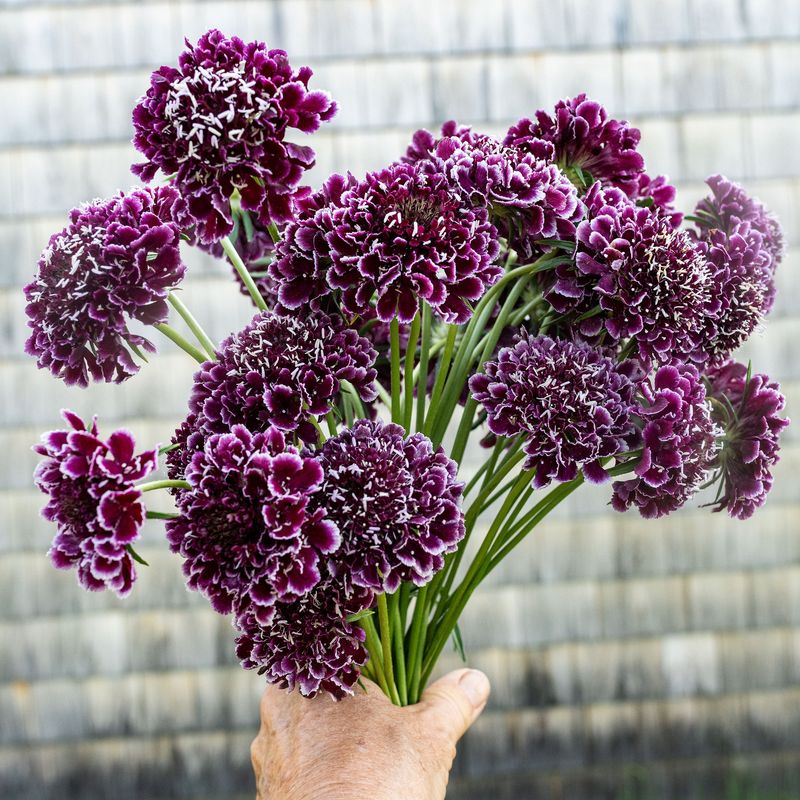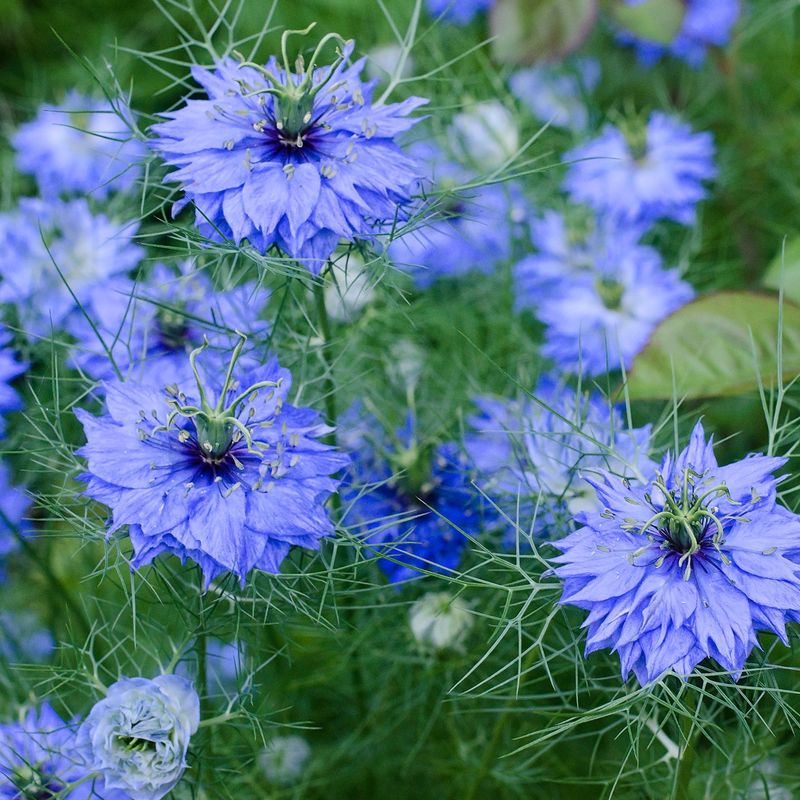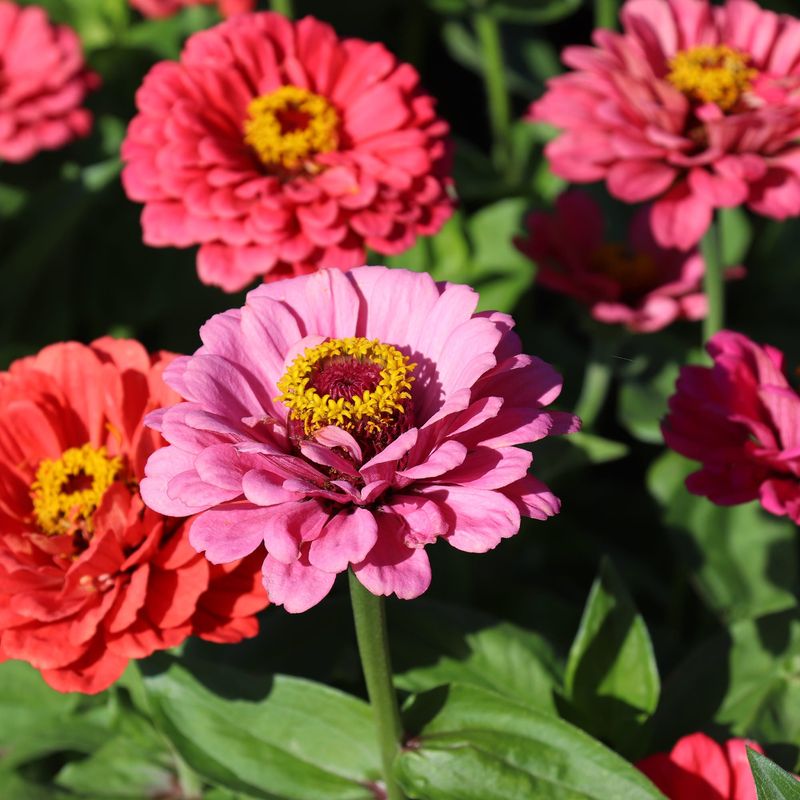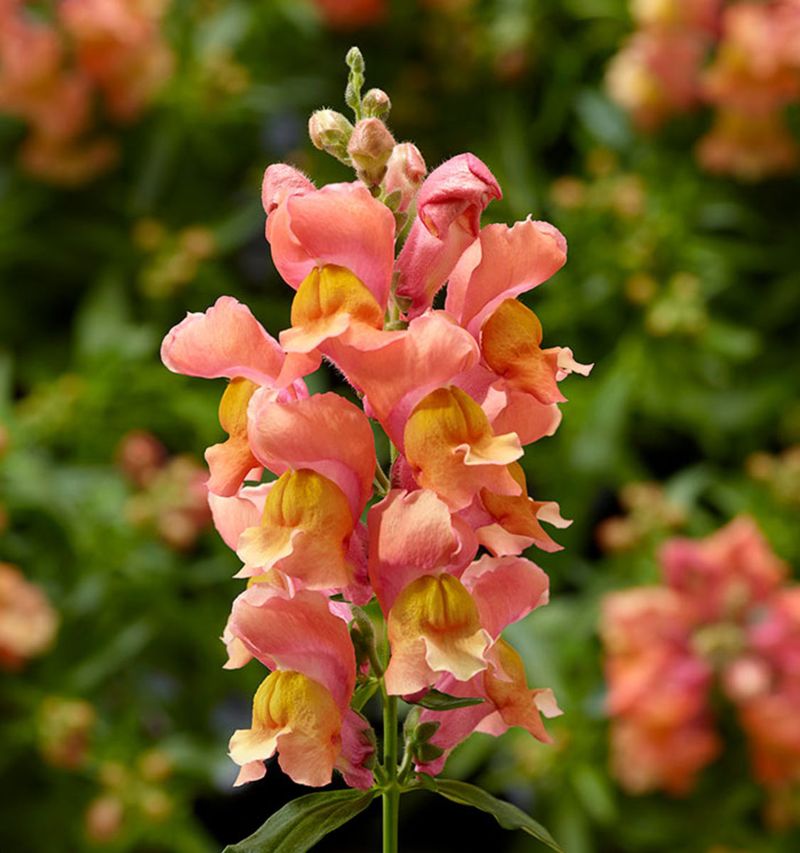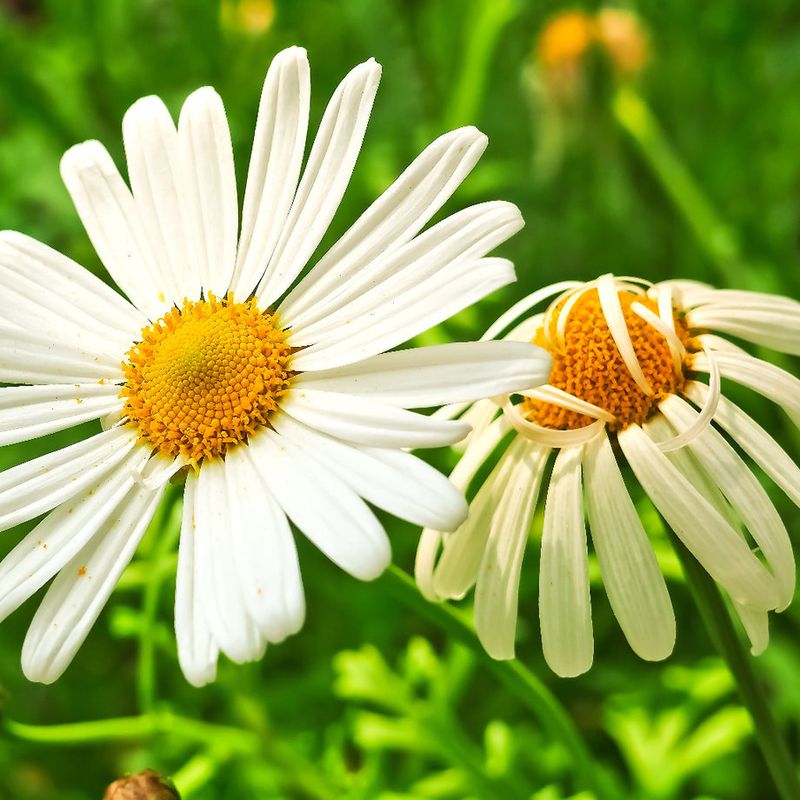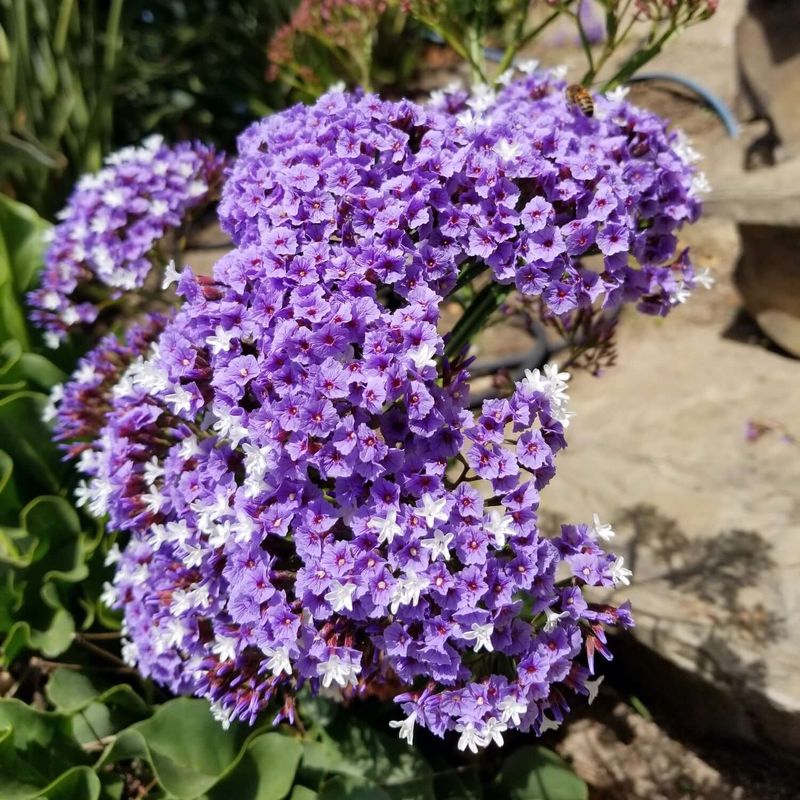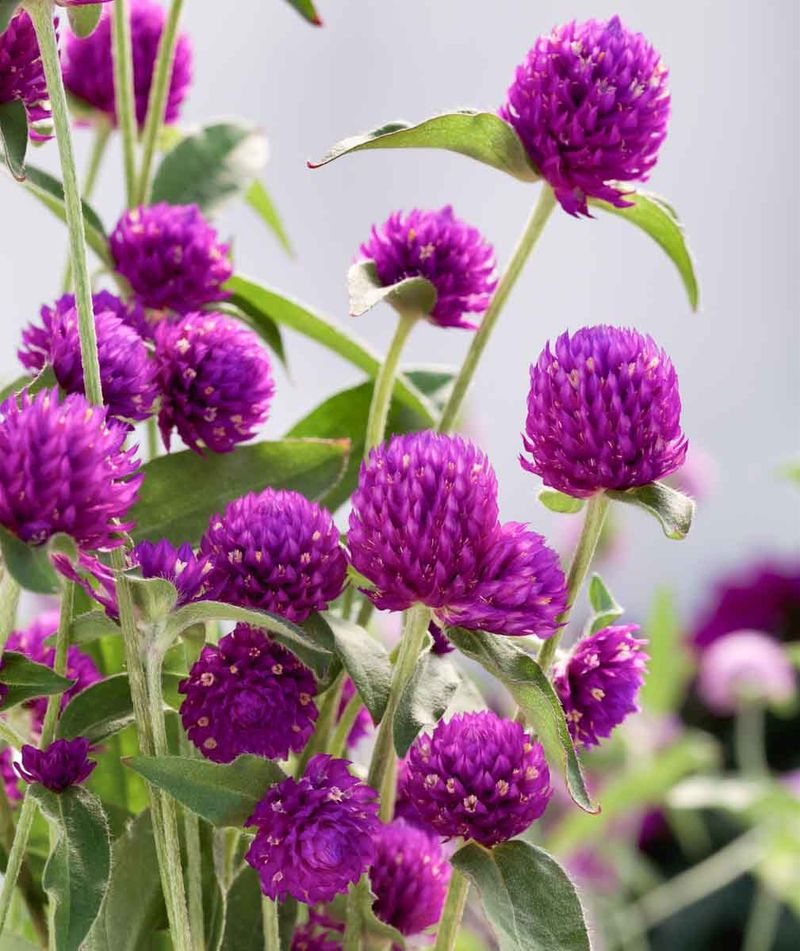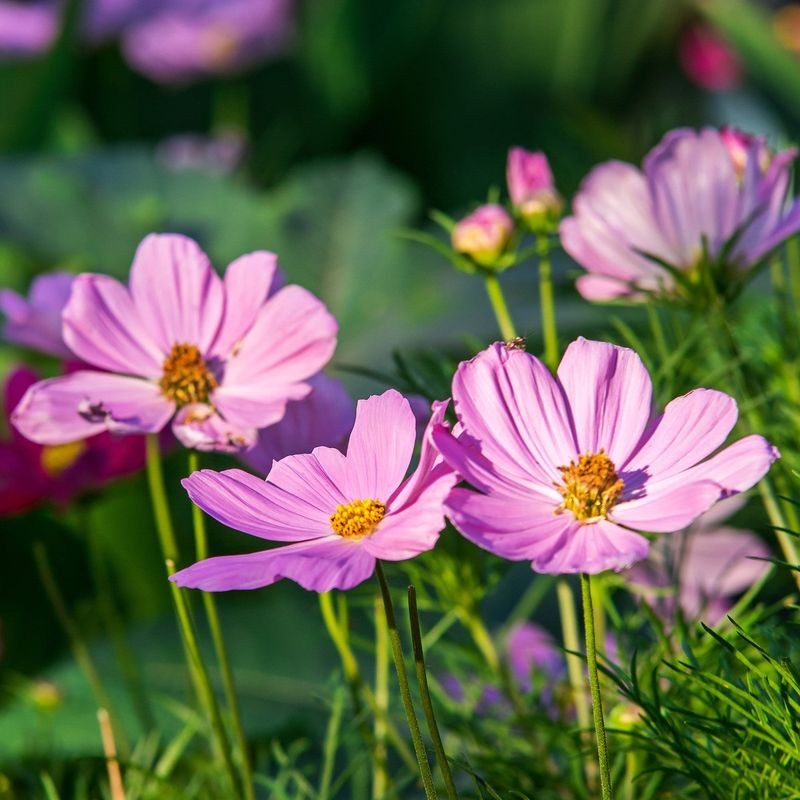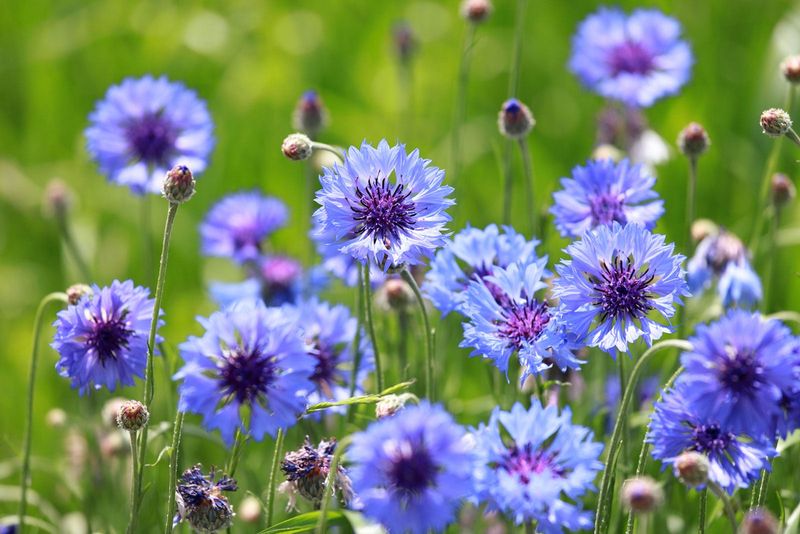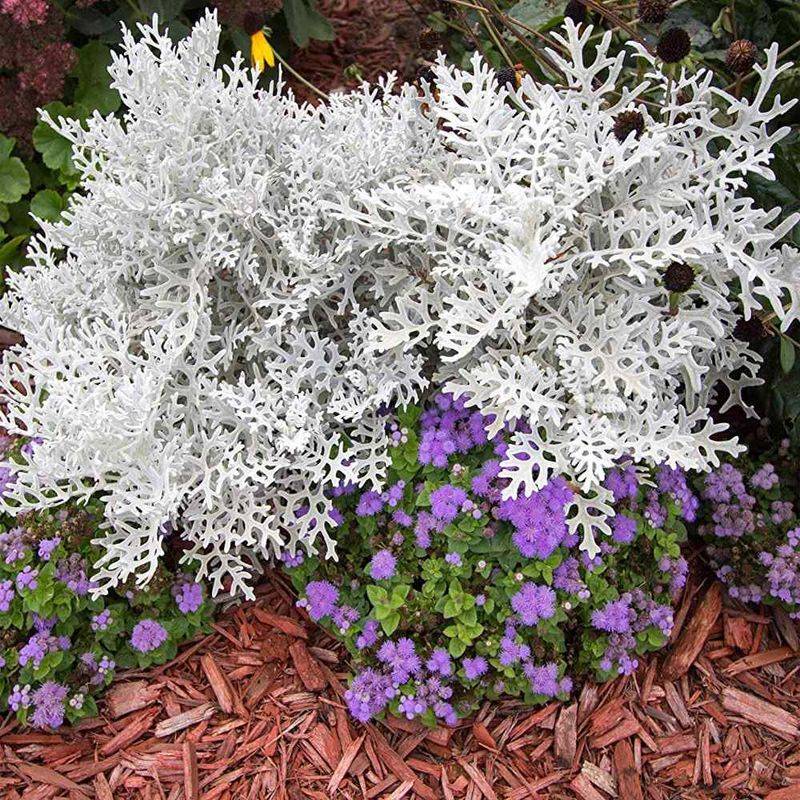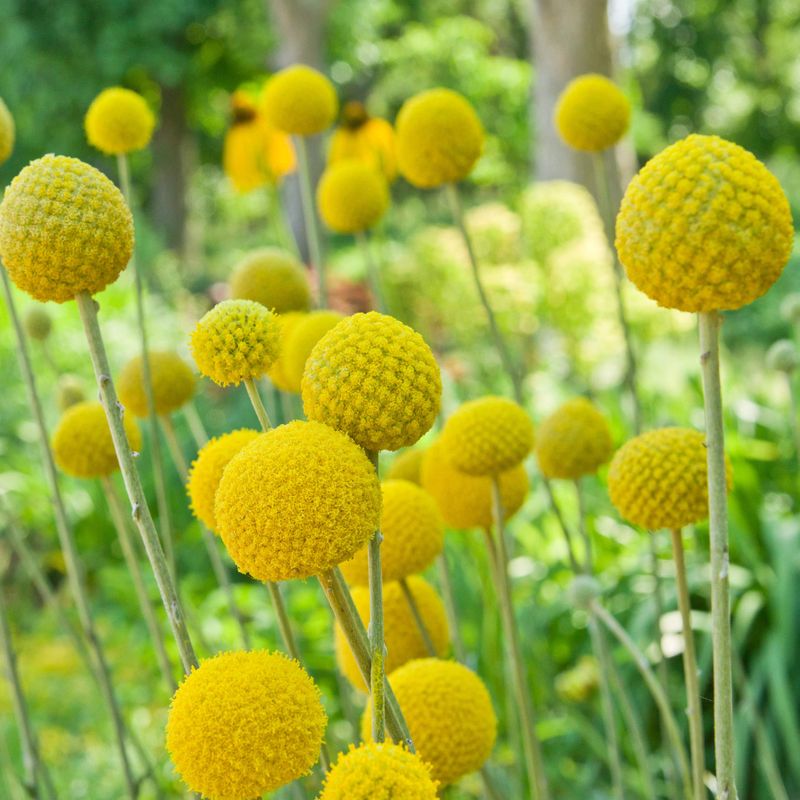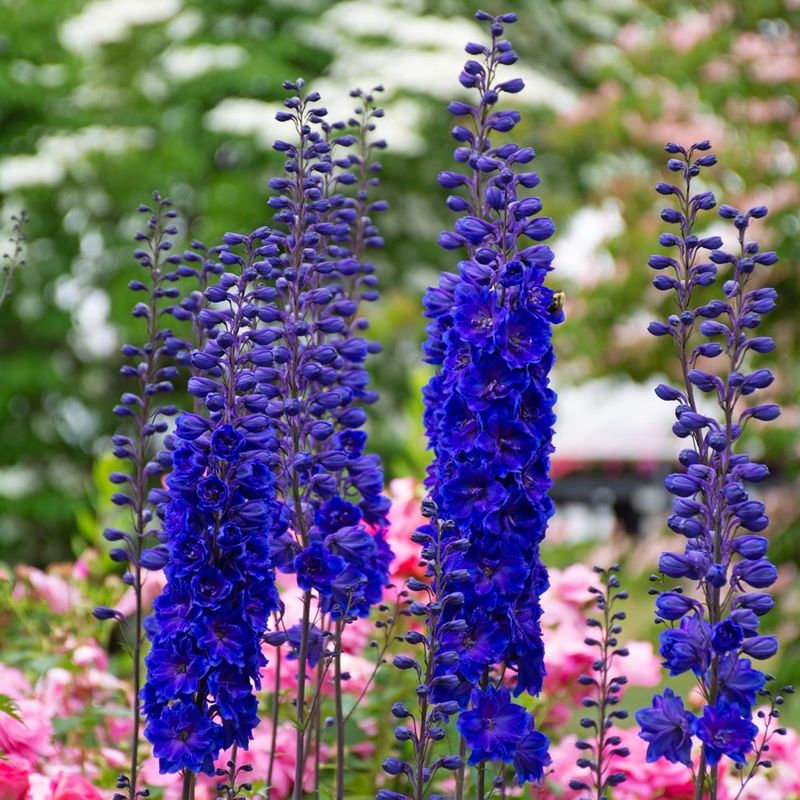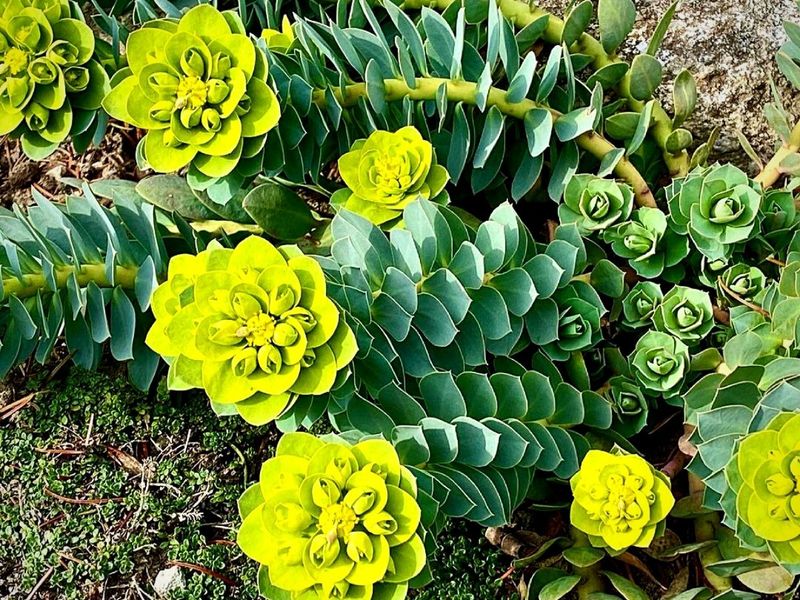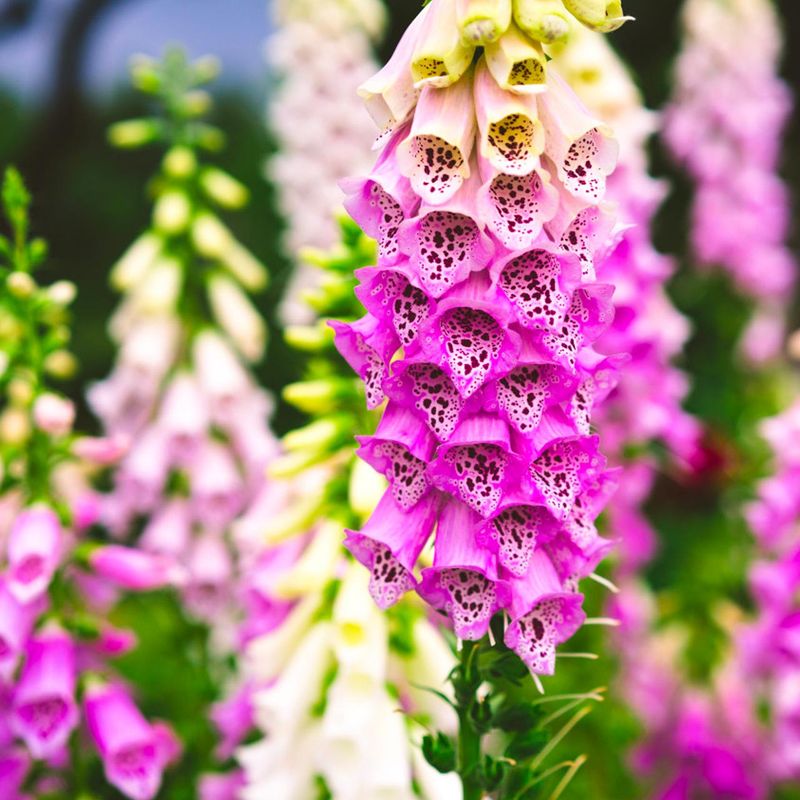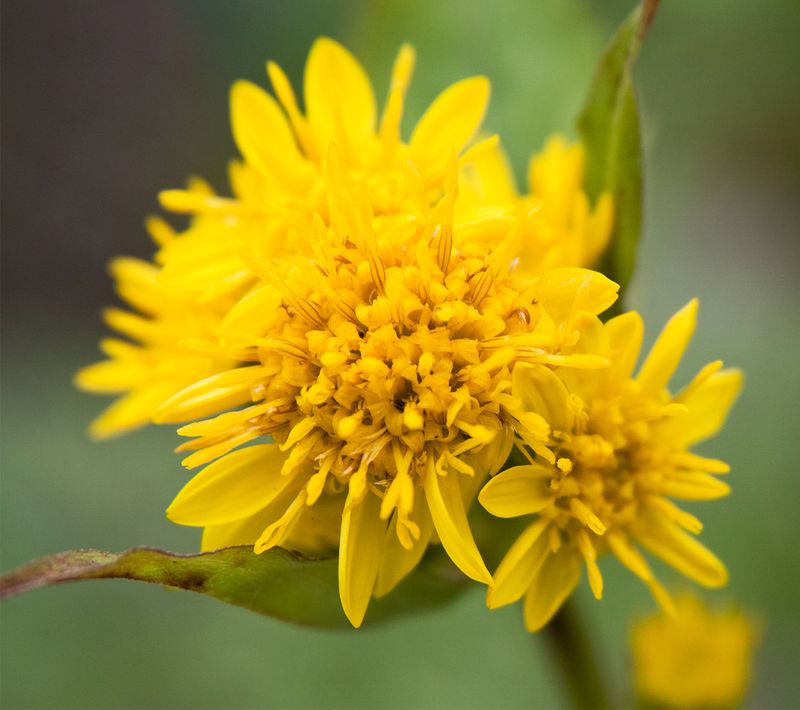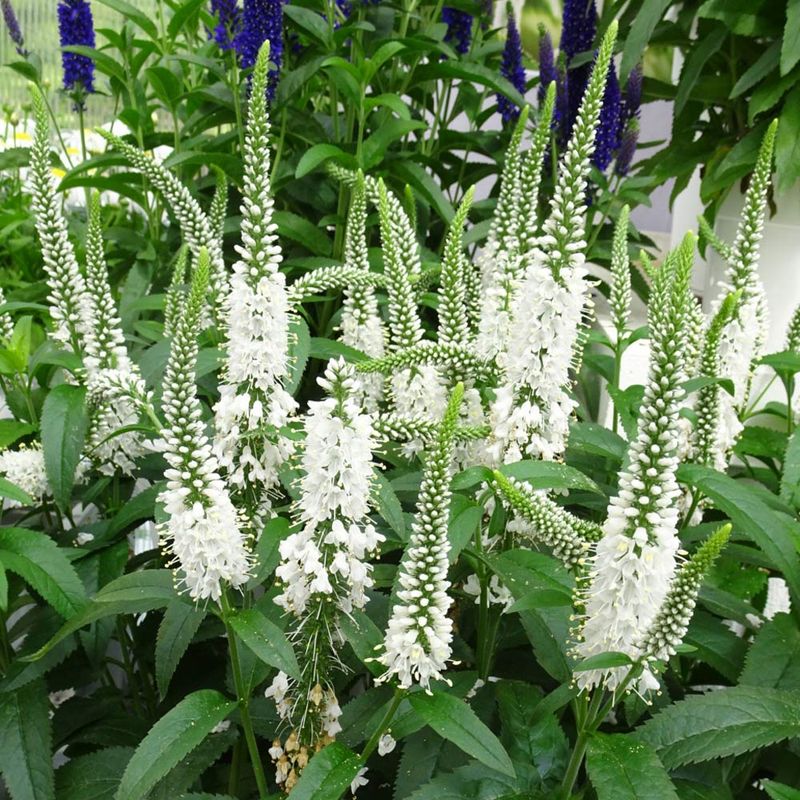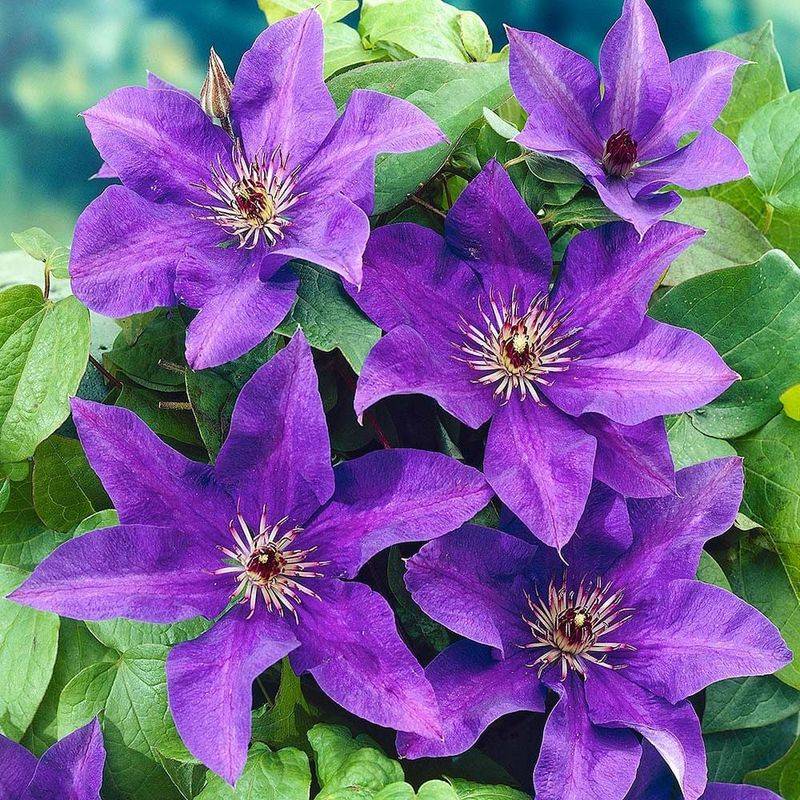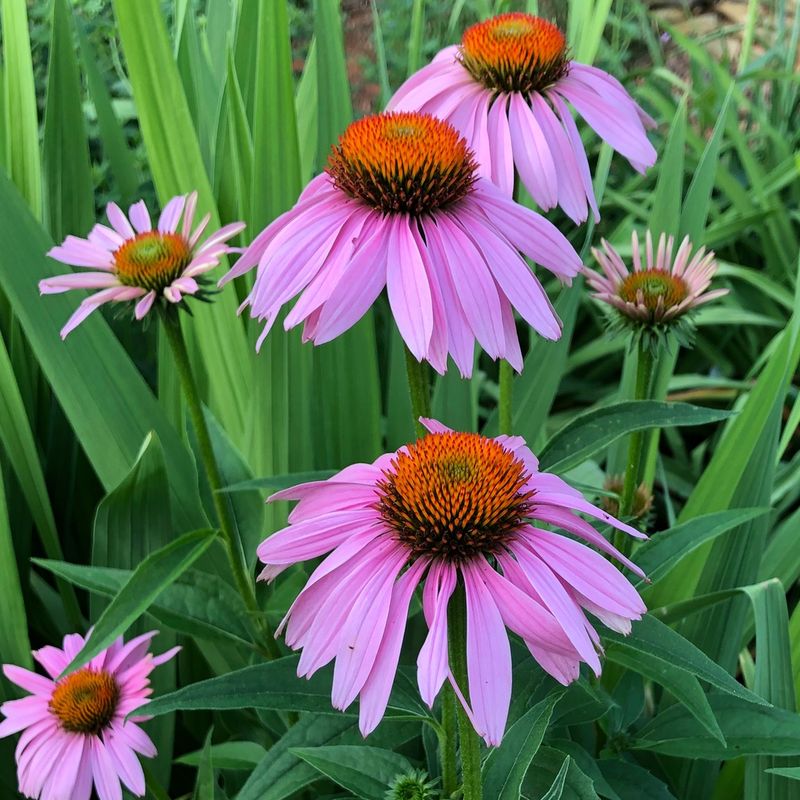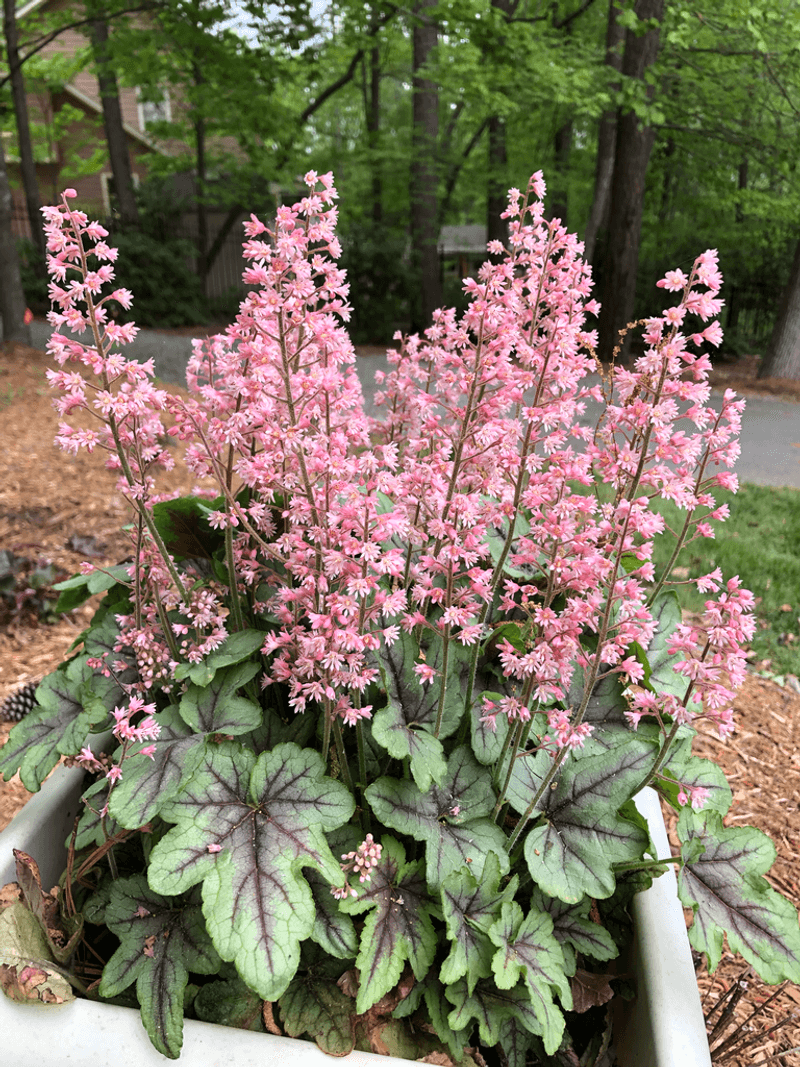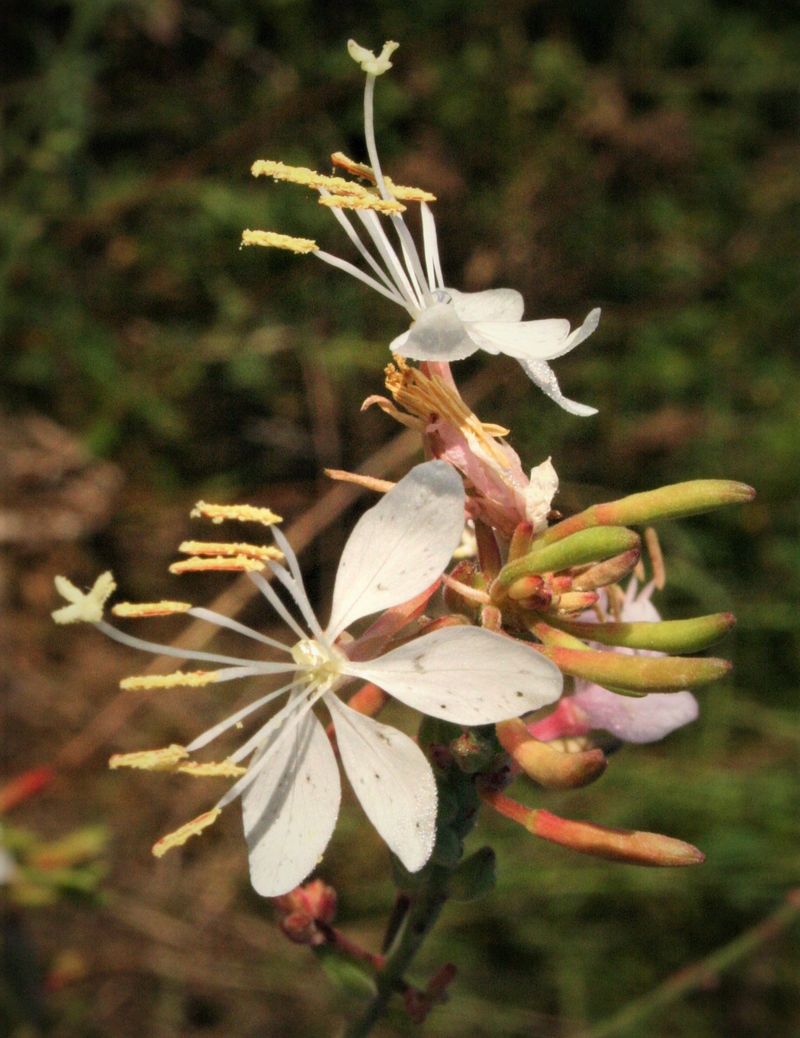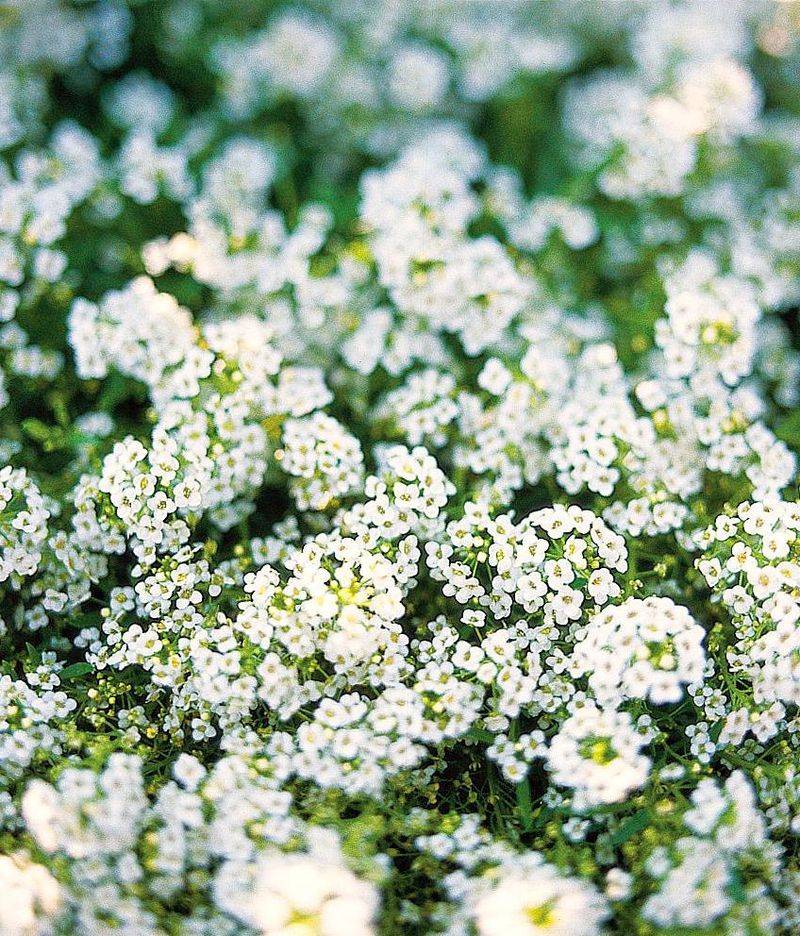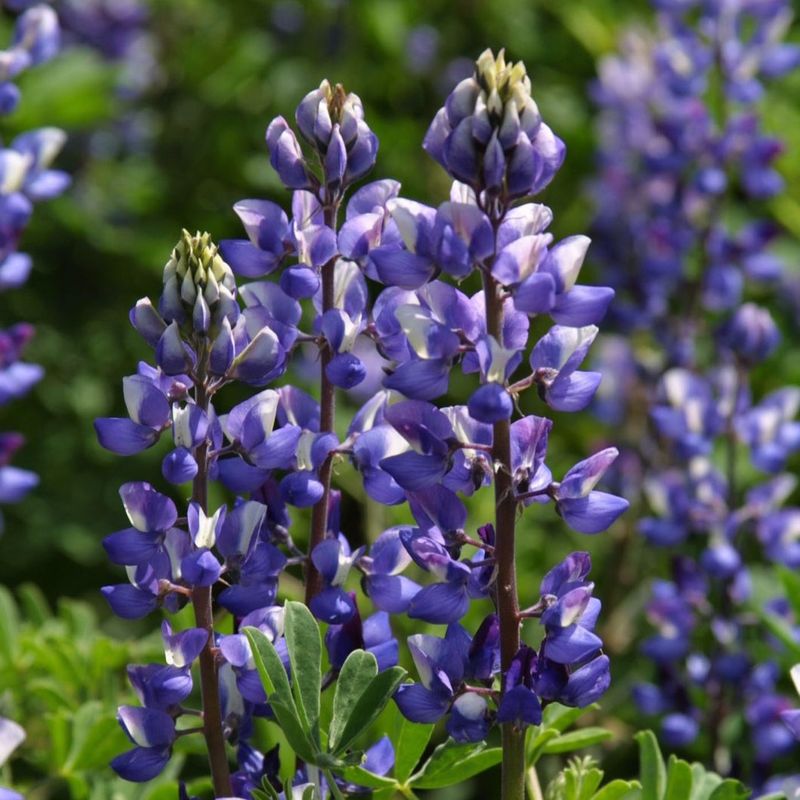Ever found yourself at a wedding surrounded by those delicate white clouds of baby’s breath and thought, What if there’s more to explore?
Well, buckle up! We’ve scoured the plant kingdom to bring you an exciting collection of alternatives that promise to tickle your gardening fancy.
From sassy colors to quirky shapes, these varieties are here to redefine your green space. So, let’s embark on this leafy adventure together and find that special something to grace your garden with charm and personality!
1. Lavender
Lavender can fill your garden with a serene ambiance. With its soft purple blooms, lavender is a fragrant option that’s easy to maintain. Its scent is adored by many and even keeps pests at bay.
Adding lavender to your yard provides a touch of elegance. This plant is perfect for those who desire a low-maintenance alternative to baby’s breath.
Besides, who wouldn’t love a plant that doubles as a natural air freshener? This plant also attracts butterflies, adding a whimsical touch.
2. Queen Anne’s Lace
Imagine intricate lacework adorning your garden. Queen Anne’s Lace offers exactly that with its white blooms. It brings a light and delicate texture that can grace any flower bed.
This plant is an excellent substitute for baby’s breath due to its similar visual appeal. Plus, its delicate flowers are charming without being overbearing.
Despite its delicate appearance, it’s quite hardy and can thrive in less-than-ideal soil conditions, making it a versatile choice for many gardeners.
3. Statice
A splash of color awaits with statice. Known for its paper-like flowers, statice brings an array of hues to your garden.
These blossoms are perfect for creating a lively atmosphere. Statice is not only a feast for the eyes but also an excellent dried flower.
This makes it a great alternative to baby’s breath, offering longevity in arrangements. Its robust nature means it’s easy to grow, and its colors can brighten any space, whether fresh or dried.
4. Astilbe
Feathery plumes dancing in the breeze add a touch of romance. Astilbe provides a similar ethereal quality to baby’s breath with its feathery blooms.
This plant thrives in shady areas, making it a versatile addition to gardens lacking sun. The variety of colors available ensures you can find the perfect match for your garden’s palette.
While it looks delicate, astilbe is quite hardy, and its long-lasting blooms make it a reliable garden companion.
5. Yarrow
Bold flat-topped clusters create a striking display. Yarrow offers a unique alternative with its lively clusters and fern-like foliage.
Unlike baby’s breath, yarrow brings a more structured look, ideal for adding variety to your garden design. It’s also drought-tolerant, which makes it a practical choice for water-wise gardens.
Yarrow is a versatile plant that attracts beneficial insects, providing a host of environmental benefits while adding beauty to your space.
6. Sea Holly
A touch of the extraordinary with spiky metallic blooms. Sea holly stands out with its unique appearance, offering a quirky substitute for baby’s breath.
Its architectural form and metallic blue flowers add a modern twist to garden arrangements. Sea holly is perfect for those who appreciate an edgy aesthetic.
This plant is also drought-resistant and thrives in poor soil, making it a resilient addition to any garden seeking a bold statement.
7. Amaranthus
Dramatic cascading blooms steal the show. Amaranthus offers an exotic flair with its flowing tassels of rich colors.
This plant is a fantastic choice for adding depth and movement to your garden, providing an eye-catching alternative to baby’s breath. Its dramatic appearance is sure to turn heads.
Amaranthus is easy to grow and maintain, making it a great choice for both novice and experienced gardeners seeking something different.
8. Scabiosa
Pin cushions of color that entice the senses. Scabiosa, with its unique pincushion-shaped flowers, offers a playful alternative.
These blooms attract pollinators, making them a delightful addition to your garden. Their soft pastel colors provide a gentle touch to any arrangement.
Scabiosa is not only visually appealing but also easy to grow, thriving in various climates. It’s a plant that brings joy and activity to your garden.
9. Nigella
A mysterious allure with feathery foliage and enchanting flowers. Nigella, also known as love-in-a-mist, captivates with its delicate and intricate blooms.
This plant is an excellent alternative for baby’s breath, offering a similar airy feel with added color. Its flowers are surrounded by lacy foliage, adding to its charm.
Nigella is easy to grow from seed and self-sows, ensuring your garden remains lively year after year without much effort.
10. Zinnias
Zinnias have become one of my all-time favorite flowers. Their never-fading colors are such a cheerful addition to any garden.
I remember planting a few in my garden, they were overflowing with blossoms in every color imaginable. Zinnias are so easy to grow, and the butterflies they attract make the garden feel even more alive.
They’re a perfect alternative to Baby’s Breath and provide nonstop beauty through the entire season. If you’re looking for a splash of color with little fuss, zinnias are the way to go!
11. Snapdragons
Playful blooms that bring nostalgia and joy. Snapdragons, with their dragon-like flowers, are both fun and fabulous.
These plants make a striking alternative to baby’s breath with their varied colors and unique shape. They provide vertical interest, enhancing garden depth.
Easy to grow from seed, snapdragons bring a splash of childhood wonder and are ideal for adding character to any garden setting.
12. Feverfew
Tiny daisies with big personality. Feverfew’s cheerful blooms offer a charming alternative to baby’s breath.
These small, daisy-like flowers bring a light feel to your space, reminiscent of fields of wildflowers. They are known for their medicinal properties, adding extra value.
Easy to grow and maintain, feverfew is a hardy plant that can brighten any area, offering both beauty and benefits in your garden.
13. Limonium
A touch of elegance with everlasting appeal. Limonium, often known as sea lavender, provides beauty that transcends seasons.
This plant offers a soft yet stunning alternative to baby’s breath, perfect for fresh or dried arrangements. Its airy clusters hold their charm even when dried.
Limonium is easy to grow, making it a practical choice for gardeners looking for low-maintenance options that still make a statement.
14. Gomphrena
Round globes of color that bring joy. Gomphrena offers a playful alternative with its globe-shaped blooms.
These plants are perfect for adding a touch of whimsy to your garden. Their long-lasting flowers make them ideal for both fresh and dried arrangements.
Gomphrena is easy to grow and thrives in sunny locations, making it a carefree option for gardeners seeking something different yet delightful.
15. Cosmos
Cosmos have quickly become one of my favorite garden flowers. Their delicate petals add such a graceful touch, and I love how they gently sway in the breeze.
I planted a few in my garden, and they took off without much effort from me. Cosmos are so easy to grow from seed, which makes them perfect for anyone looking for a low-maintenance beauty.
Plus, their colors give a lovely pop compared to Baby’s Breath, adding that perfect touch of wild elegance.
16. Bachelor’s Button
Simple yet striking blossoms that capture hearts. Bachelor’s button, also known as cornflower, offers a rustic charm.
This plant provides a similar airy texture to baby’s breath but with bold blue hues. It’s a perfect choice for adding a pop of color without overwhelming other plants.
Bachelor’s button is easy to grow and attracts pollinators, adding both beauty and environmental benefits to your garden.
17. Dusty Miller
A silvery backdrop that complements any bloom. Dusty Miller offers foliage that pairs beautifully with various flowers.
While not a bloom, its silvery leaves add a gentle touch that balances any arrangement. It’s an excellent alternative to baby’s breath for those who appreciate subtle beauty.
Dusty Miller is drought-tolerant and thrives in poor soil, making it a practical choice for adding elegance without fuss.
18. Craspedia
Quirky spheres of sunshine that bring smiles. Craspedia, also known as billy buttons, provides a playful twist.
These bright yellow globes offer a fresh alternative to baby’s breath, adding a fun pop of color to any bouquet. They’re perfect for those who love something a bit different.
Craspedia is easy to grow and long-lasting, both in the garden and as cut flowers, making them a versatile and charming choice.
19. Delphiniums
Majestic spires that command attention. Delphiniums offer a regal alternative with their towering blooms and rich colors.
These plants are perfect for adding vertical interest and a touch of sophistication to your garden. Their bold colors make them a standout choice.
Delphiniums can be a bit tricky to grow but are worth the effort for their stunning display, ideal for those seeking a challenge with a grand reward.
20. Euphorbia
Architectural beauty with a modern flair. Euphorbia offers a striking alternative with its unique form and green bracts.
This plant provides a structural element to gardens, offering a different texture compared to baby’s breath. Its lime green color adds a fresh touch to any setting.
Euphorbia is drought-tolerant and low-maintenance, perfect for gardeners who love a contemporary look without the hassle.
21. Foxglove
Enchanted towers that whisper tales of fairies. Foxglove provides a touch of whimsy with its tall spires and bell-shaped blooms.
These flowers offer a magical alternative to baby’s breath, drawing the eyes upward and adding movement with their elegant form.
Foxglove is ideal for cottage gardens and can be grown with minimal effort, making it a charming choice for those wanting to add a bit of storybook charm.
22. Solidago
I’ve recently added goldenrod to my garden, and it’s quickly become a favorite. The bright yellow blooms are like little sunbeams, adding such a cheerful vibe to my space.
Solidago not only brightens up any border but also attracts bees and butterflies, making it a win for both beauty and the environment. It’s incredibly easy to grow, and it pairs so well with other flowers.
If you’re looking for a colorful alternative to Baby’s Breath, I highly recommend giving goldenrod a try! You won’t be disappointed.
23. Veronica
Graceful spires that add elegance and charm. Veronica offers a refined alternative with its slender blooms and vivid colors.
This plant is perfect for adding vertical interest and works beautifully as a background plant in borders. Its long-lasting flowers ensure continuous beauty.
Veronica is easy to grow, making it a reliable choice for those who appreciate grace and simplicity in their garden designs.
24. Clematis
Climbing beauties that adorn walls and fences. Clematis provides a captivating alternative with its showy blooms.
This plant is excellent for adding height and color to vertical spaces, offering a more dramatic touch than baby’s breath. Its diverse range of colors makes it a versatile choice.
Clematis requires some care but rewards gardeners with stunning displays, perfect for those wanting to create living walls of color.
25. Coneflower
Sturdy blossoms that stand tall and proud. Coneflower, or echinacea, offers resilience with its daisy-like blooms.
This plant provides a hardy alternative to baby’s breath, with its bold colors and ability to thrive in various conditions. It’s perfect for adding reliability and beauty.
Coneflower is easy to grow and beneficial for attracting pollinators, making it a rewarding choice for any garden.
26. Heuchera
Intriguing foliage that steals the spotlight. Heuchera, with its colorful leaves, offers a unique alternative focused on foliage.
This plant adds a textural element to gardens, perfect for those who seek a subtle yet striking alternative to baby’s breath. It’s ideal for shade gardens and containers.
Heuchera is low-maintenance and adaptable, making it a versatile choice for adding a splash of color without relying on blooms.
27. Gaura
Airy wands that dance gracefully. Gaura offers a light and whimsical alternative with its gentle blooms.
This plant is perfect for adding movement and softness to garden borders, similar to baby’s breath but with a more dynamic presence. Its long bloom period ensures continuous beauty.
Gaura is drought-tolerant and easy to grow, making it a practical choice for those who enjoy a relaxed gardening style.
28. Sweet Alyssum
Delicate clusters that form a fragrant carpet. Sweet alyssum offers a charming alternative with its tiny blossoms.
This plant is perfect for edging and filling in gaps, providing a light and airy feel similar to baby’s breath. Its sweet scent adds an extra layer of appeal.
Sweet alyssum is easy to grow and thrives in a variety of conditions, making it a versatile and delightful addition to any garden.
29. Lupine
Lupine quickly became one of my go-to plants after I spotted its spires in a neighbor’s garden. It adds such a dramatic flair to any garden with its colorful spikes that seem to reach for the sky.
Not only does it bring height and bold color to garden beds, but it’s also a magnet for pollinators like bees and butterflies.
Lupine is incredibly easy to grow and gives back with its beauty and ecological benefits, making it a must-have for anyone looking to spice up their garden!

